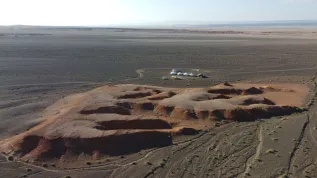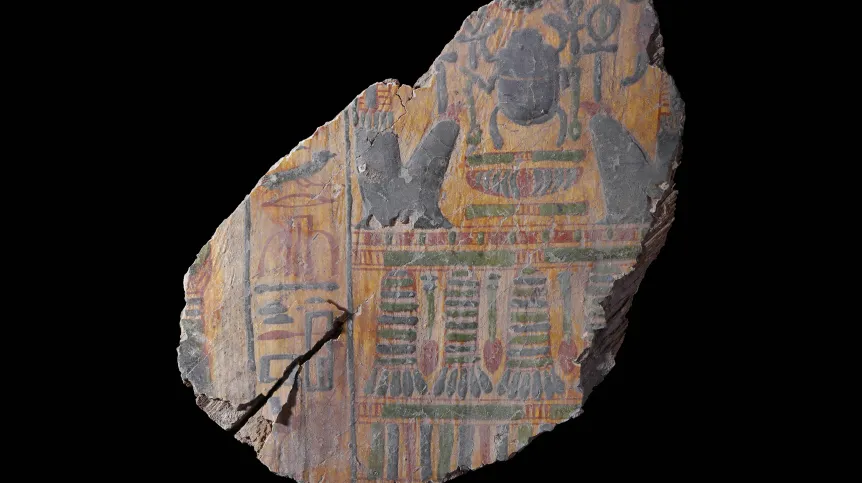
Figurines of deities and priests as well as vessels with a breast motif are among several hundred items discovered by archaeologists at an ancient garbage dump in Egypt.
Polish researchers at the Temple of Hatshepsut in Luxor in the south of the country, came across the extraordinary find while working on the reconstruction of the 3,500-year-old Chapel of the Goddess Hathor.
Exploring a tomb carved into the rock face, the team from the Polish Centre of Mediterranean Archaeology first came across the rubbish dump.
Head of research Dr. Patryk Chudzik said: “We were concerned that our work could lead to the collapse of the tomb ceiling, which is why we wanted to secure it.
“After entering we found that it had never been studied and cleaned, because the debris stacked up to a height of about half a meter.”
Buried within the rubble they came across the ancient artefacts.
Chudzik said: “The amount and quality of the artefacts we have found is astounding. They include a wooden figurine most likely depicting the owner of the tomb with a wig on his head.”
Other items discovered included dozens of women figurines, as well as ceramic flasks with breast motifs and floral patterns symbolising the rebirth of the Land of the Dead, and cow figurines from the early 18th dynasty, the period of the New Kingdom.
According to Dr. Chudzik, these were offerings to the Egyptian Goddess Hathor.
He said: “The offerings were made by local residents asking Hathor for support. After a while, there were too many of them and priests and temple staff had to clear them.
“We have already known a few places right at the temple entrance gates, where they were disposed of. Now we have discovered another, previously unknown place.”
The tomb was originally discovered in the late 19th century by Professor Henri Édouard Naville. However, the information he published about it was quite scarce. The researcher mentioned the rubble filling the tomb, but did not mention any excavations conducted in this place.
Archaeologists from an American expedition working at the Temple of Hatshepsut in 1920s also missed this precious rubble.
It appears that the rubble with votive offerings to Hathor remained intact since the time of the deposit, almost 3,500 years ago.
Polish researchers have been working at the Temple of Hatshepsut since 1961, when Professor Kazimierz Michałowski founded Polish-Egyptian Archaeology and Conservation Expedition.
Since then, archaeologists, restorers and architects associated with the Polish Centre of Mediterranean Archaeology have been working on documentation and reconstruction of the temple. Currently, their efforts are focused on rebuilding the Hathor shrine. Partly underneath it there is a tomb carved the rock, which they recently explored.
The tomb is carved in the rock. It consists of a passage more than 15 meters long which leads to a chamber with a recess in the stone floor where the coffin with the body of the owner of the tomb was originally placed.
The discovery was made and research carried out in the spring of 2021. This season, the experts intend to support the ceiling of the tomb to enable reconstruction work in the Hathor shrine located above it.
PAP - Science in Poland, Szymon Zdziebłowski
szz/ zan/ kap/
tr. RL
Gallery (7 images)
-
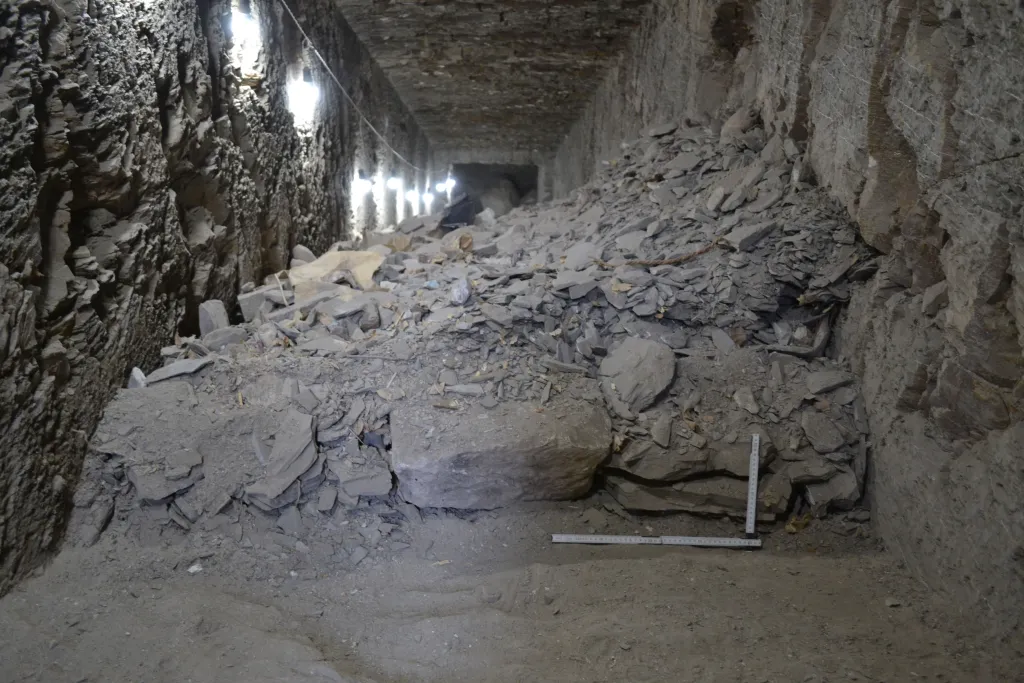 1/7Credit: P. Chudzik
1/7Credit: P. Chudzik -
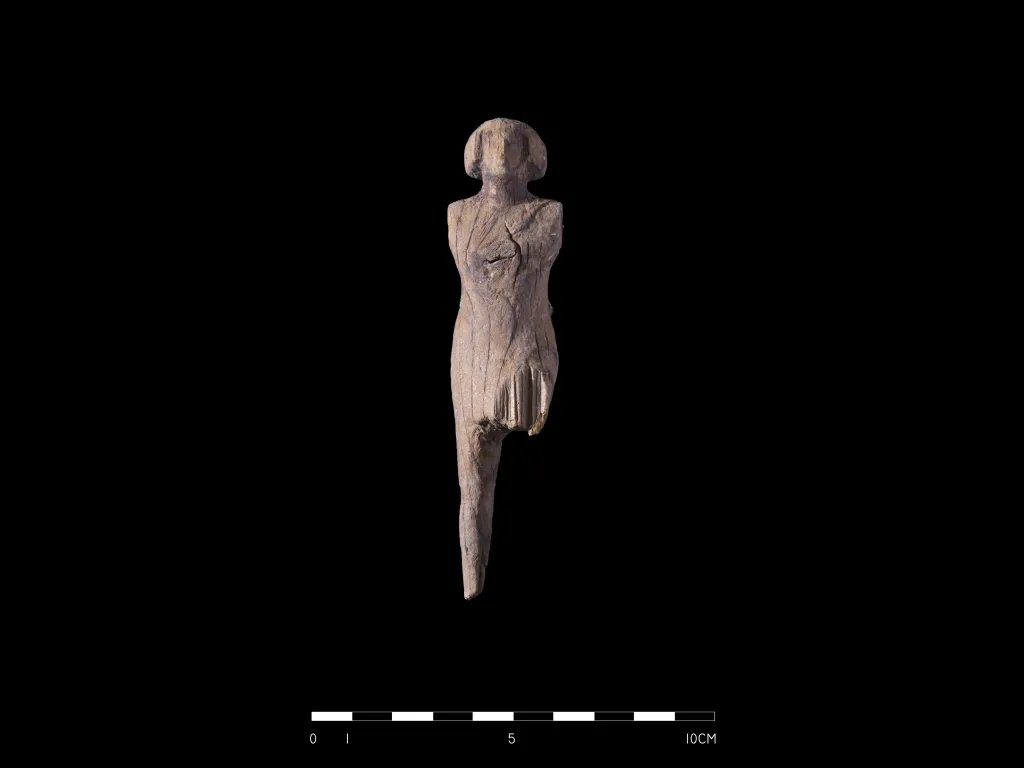 2/7Chudzik: M. Jawornicki
2/7Chudzik: M. Jawornicki -
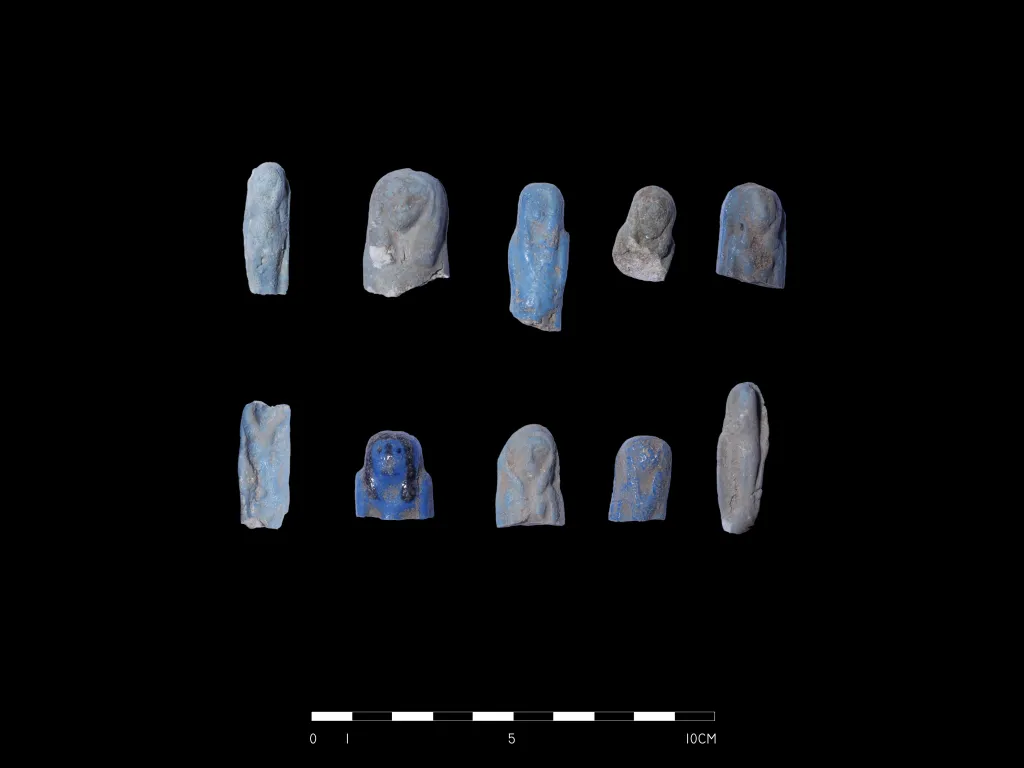 3/7Chudzik: M. Jawornicki
3/7Chudzik: M. Jawornicki -
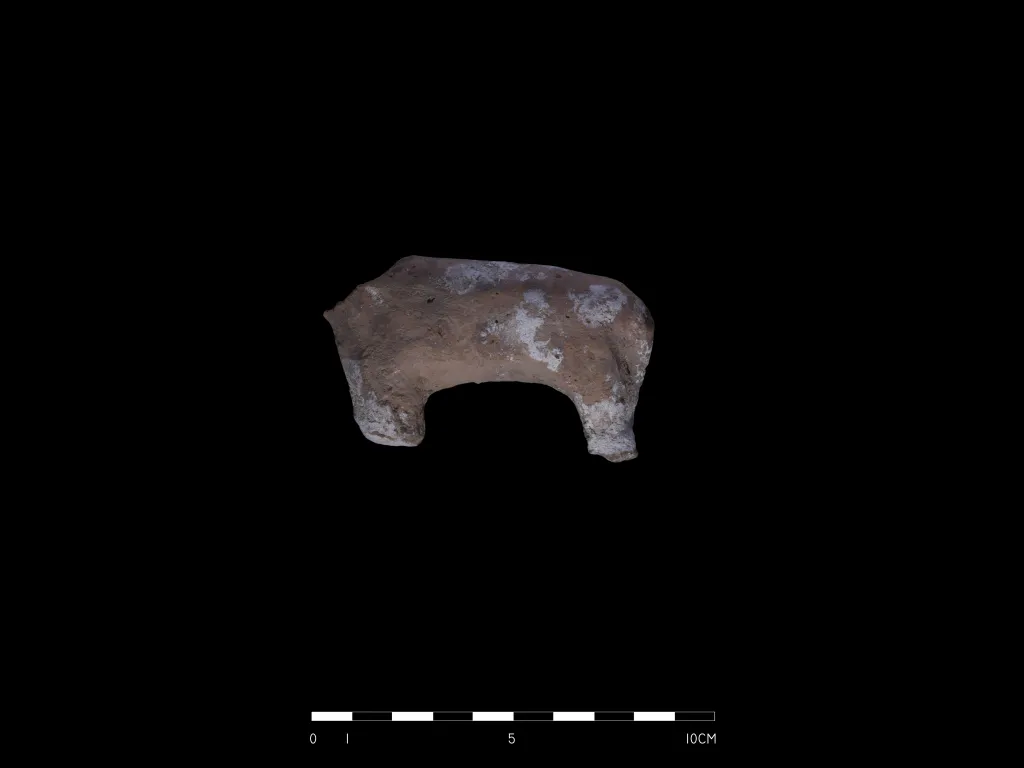 4/7Chudzik: M. Jawornicki
4/7Chudzik: M. Jawornicki -
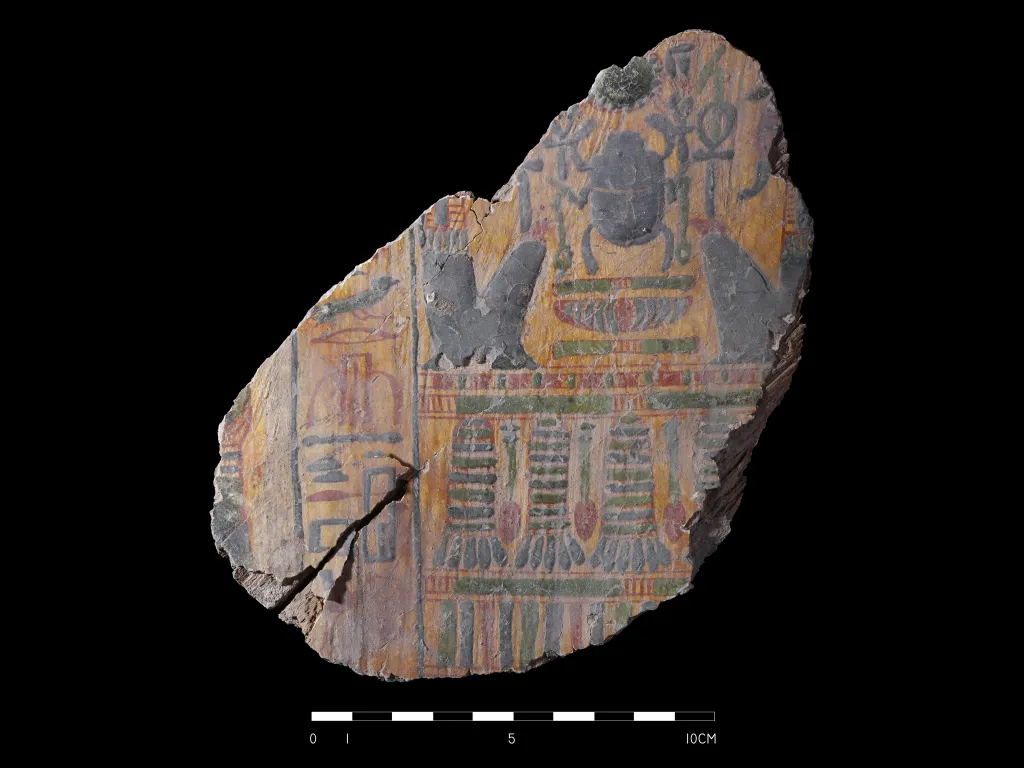 5/7Chudzik: M. Jawornicki
5/7Chudzik: M. Jawornicki -
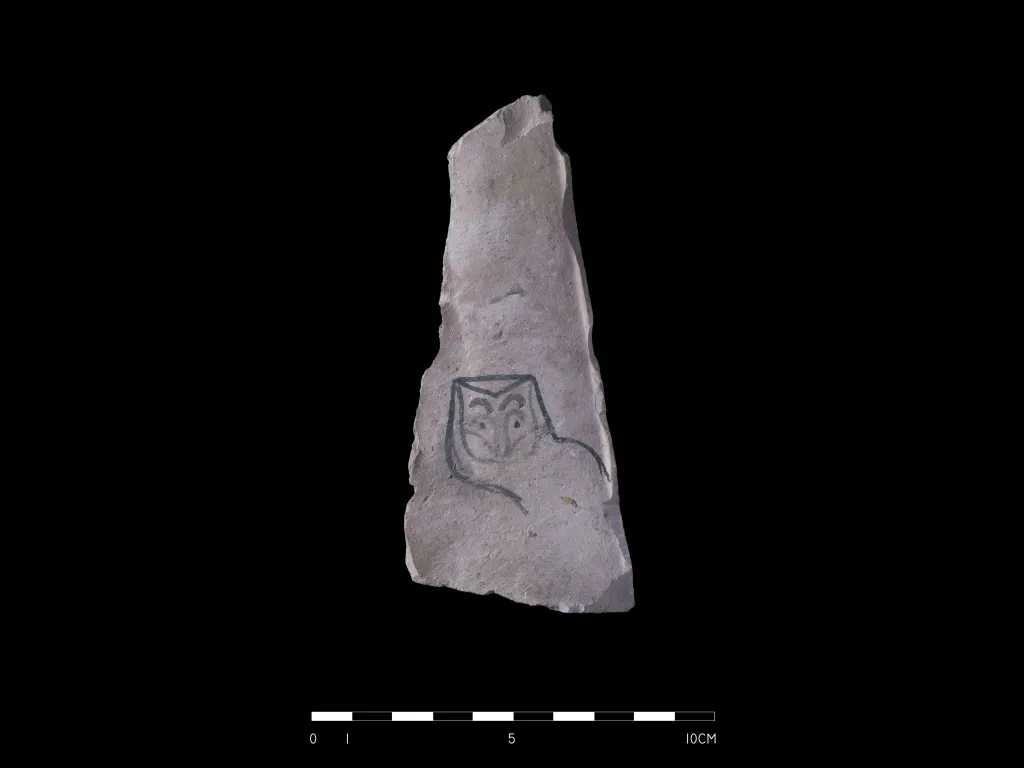 6/7Chudzik: M. Jawornicki
6/7Chudzik: M. Jawornicki -
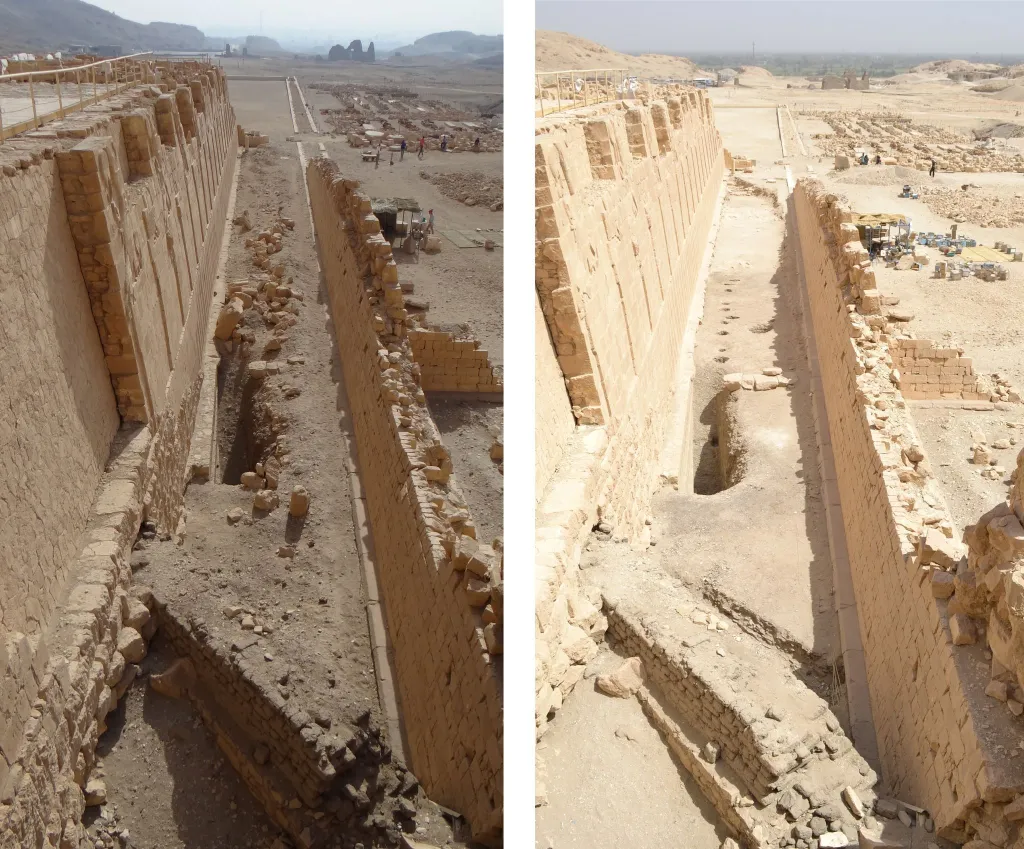 7/7Credit: O. Ignatowska i P. Chudzik
7/7Credit: O. Ignatowska i P. Chudzik


